1999-10-12 14:27
[ U.S Toughens Ballast Laws To Keep Foreign Bodies at Bay ]
New laws aimed at keeping alien creatures out of ballast water are for
cing carriers to change the way they operate.
In the U.S., two major pieces of legislation were signed into law this
year involving ballast water exchange. The aim is to stop crabs, clam
s, worms or any kind of foreign creatures carried in ballast water fro
m settling in the U.S., and crowding out native marine animals. The Eu
ropean zebra mussel has caused millions of dollars worth of damage and
affected the natural food chain in the Great Lakes region of North Am
erica. In San Francisco Bay, the Asian clam has also severely affected
resident populations. Many vessels exchange ballast in mid-ocean anyw
ay, but these new regulations are forcing everyone into line. In July,
the U.S.Coast Guard(USCG) brought in an interim law, asking ship capt
ains arriving from foreign ports to swp their ballast in the deep sea,
so that any alien creatures will die in the middle of the ocean. Unde
r the National Invasive Species Act, mid-ocean ballast water exchange
is voluntary, but it is compulsory for ship captains to report where a
nd when they exchanged ballast water. Then, in October, California pas
sed a much stricter law, based on the USCG’s, but making it compulsor
y for all vessels visiting the state to exchange ballast water at leas
t 200miles offshore. There are a few exemptions - for example, tankers
traveling in coastal waters and when an exchange of ballast would be
unsafe for a vessel. This law, for which California’s State Lands Com
mission will have management oversight, comes into force in January 20
00, will include fines, and will be financed by fees applied to each v
essel visiting the state. The level of fees is still to be decided, bu
t will be a maximum of US$1,000 per vessel voyage. The law also calls
for three detailed studies, including treatment technology. Other port
s on the west coast have already adopted ballast water measures. The C
anadian Port of Vancouver has been running a compulsory mid-ocean ball
ast water exchange program since January 1998. Harbor master represent
atives routinely inspect captains’ records and carry monitoring equip
ment which allows them to take samples of ballast water. These samples
are checked for water salinity and the presence of any organisms, bot
h foreign and domestic. In Vancouver, most of the arriving vessels are
bulk carriers, and samples can be taken by placing a sounding pipe in
to the ballast tanks. However, it is difficult to see how accurate bal
last water testing could be carried out on many of the large, more mod
ern containerships calling on the U.S.West Coast. “It’s a matter of
trust,”said Torben Blichfeld, Maersk Line’s marine manager in Long B
each. “We would not cheat on that, but there might be some companies
that try to take advantage.” He pointed out that many containerships
built in the last 10years have totally enclosed ballast systems that a
re inaccessible for testing. “I have no idea how they
intend to sample,” he added. Maersk containerships have been exchangi
ng ballast water in mid-ocean for about a year, and it costs both time
and money. An average large containership carries around 10,000tons o
f ballast water. Technically, they can carry up to 30,000tons, but rar
ely do so. Blichfeld said that ballast exchange can use up to 10tons o
f extra fuel, and at around $140 per ton, that adds a cost of $1,400 p
er ship. Wear and tear on the pumps is another factor, and it requires
having a person in the control room. Typically, it takes an average 1
6 to 17 hours to exchange ballast, but that depends on the size of the
vessel and weather conditions.
cing carriers to change the way they operate.
In the U.S., two major pieces of legislation were signed into law this
year involving ballast water exchange. The aim is to stop crabs, clam
s, worms or any kind of foreign creatures carried in ballast water fro
m settling in the U.S., and crowding out native marine animals. The Eu
ropean zebra mussel has caused millions of dollars worth of damage and
affected the natural food chain in the Great Lakes region of North Am
erica. In San Francisco Bay, the Asian clam has also severely affected
resident populations. Many vessels exchange ballast in mid-ocean anyw
ay, but these new regulations are forcing everyone into line. In July,
the U.S.Coast Guard(USCG) brought in an interim law, asking ship capt
ains arriving from foreign ports to swp their ballast in the deep sea,
so that any alien creatures will die in the middle of the ocean. Unde
r the National Invasive Species Act, mid-ocean ballast water exchange
is voluntary, but it is compulsory for ship captains to report where a
nd when they exchanged ballast water. Then, in October, California pas
sed a much stricter law, based on the USCG’s, but making it compulsor
y for all vessels visiting the state to exchange ballast water at leas
t 200miles offshore. There are a few exemptions - for example, tankers
traveling in coastal waters and when an exchange of ballast would be
unsafe for a vessel. This law, for which California’s State Lands Com
mission will have management oversight, comes into force in January 20
00, will include fines, and will be financed by fees applied to each v
essel visiting the state. The level of fees is still to be decided, bu
t will be a maximum of US$1,000 per vessel voyage. The law also calls
for three detailed studies, including treatment technology. Other port
s on the west coast have already adopted ballast water measures. The C
anadian Port of Vancouver has been running a compulsory mid-ocean ball
ast water exchange program since January 1998. Harbor master represent
atives routinely inspect captains’ records and carry monitoring equip
ment which allows them to take samples of ballast water. These samples
are checked for water salinity and the presence of any organisms, bot
h foreign and domestic. In Vancouver, most of the arriving vessels are
bulk carriers, and samples can be taken by placing a sounding pipe in
to the ballast tanks. However, it is difficult to see how accurate bal
last water testing could be carried out on many of the large, more mod
ern containerships calling on the U.S.West Coast. “It’s a matter of
trust,”said Torben Blichfeld, Maersk Line’s marine manager in Long B
each. “We would not cheat on that, but there might be some companies
that try to take advantage.” He pointed out that many containerships
built in the last 10years have totally enclosed ballast systems that a
re inaccessible for testing. “I have no idea how they
intend to sample,” he added. Maersk containerships have been exchangi
ng ballast water in mid-ocean for about a year, and it costs both time
and money. An average large containership carries around 10,000tons o
f ballast water. Technically, they can carry up to 30,000tons, but rar
ely do so. Blichfeld said that ballast exchange can use up to 10tons o
f extra fuel, and at around $140 per ton, that adds a cost of $1,400 p
er ship. Wear and tear on the pumps is another factor, and it requires
having a person in the control room. Typically, it takes an average 1
6 to 17 hours to exchange ballast, but that depends on the size of the
vessel and weather conditions.





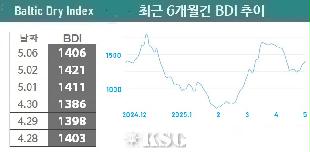
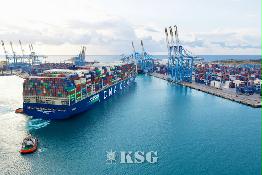
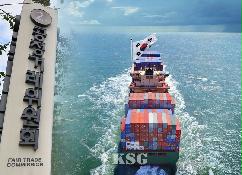
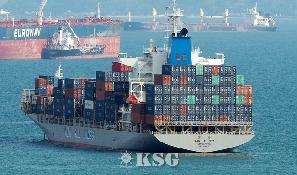
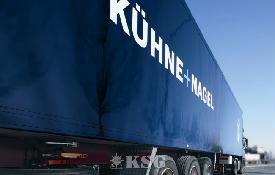



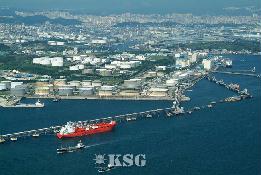
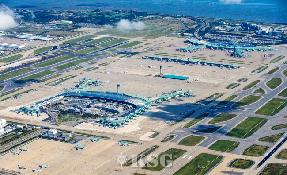

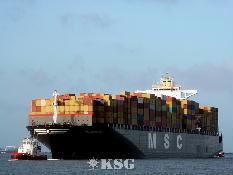
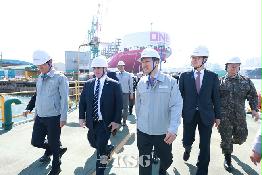
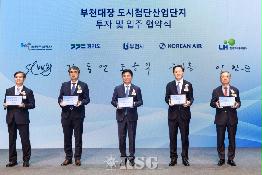
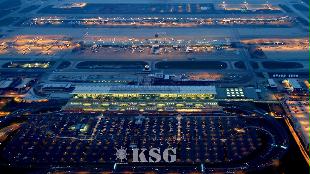
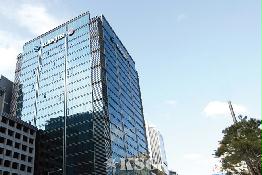
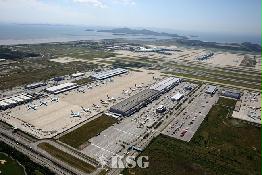

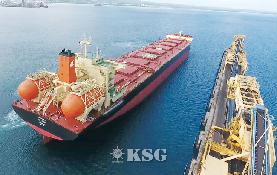
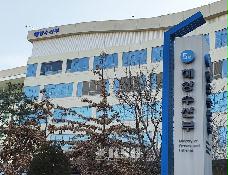


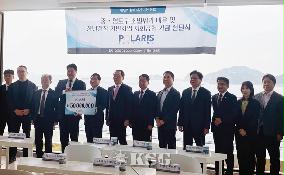

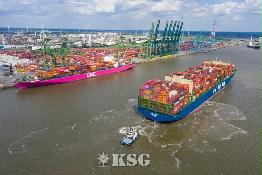
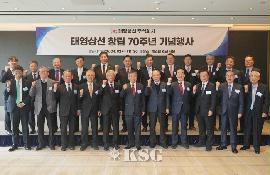
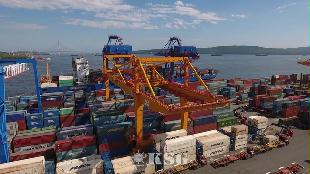



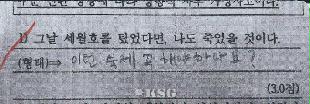




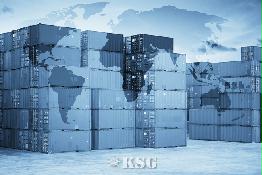
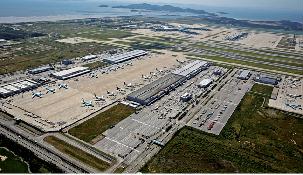
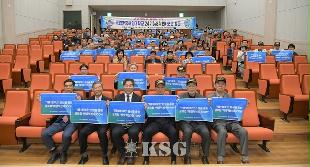



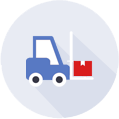


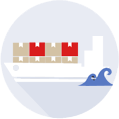















0/250
확인